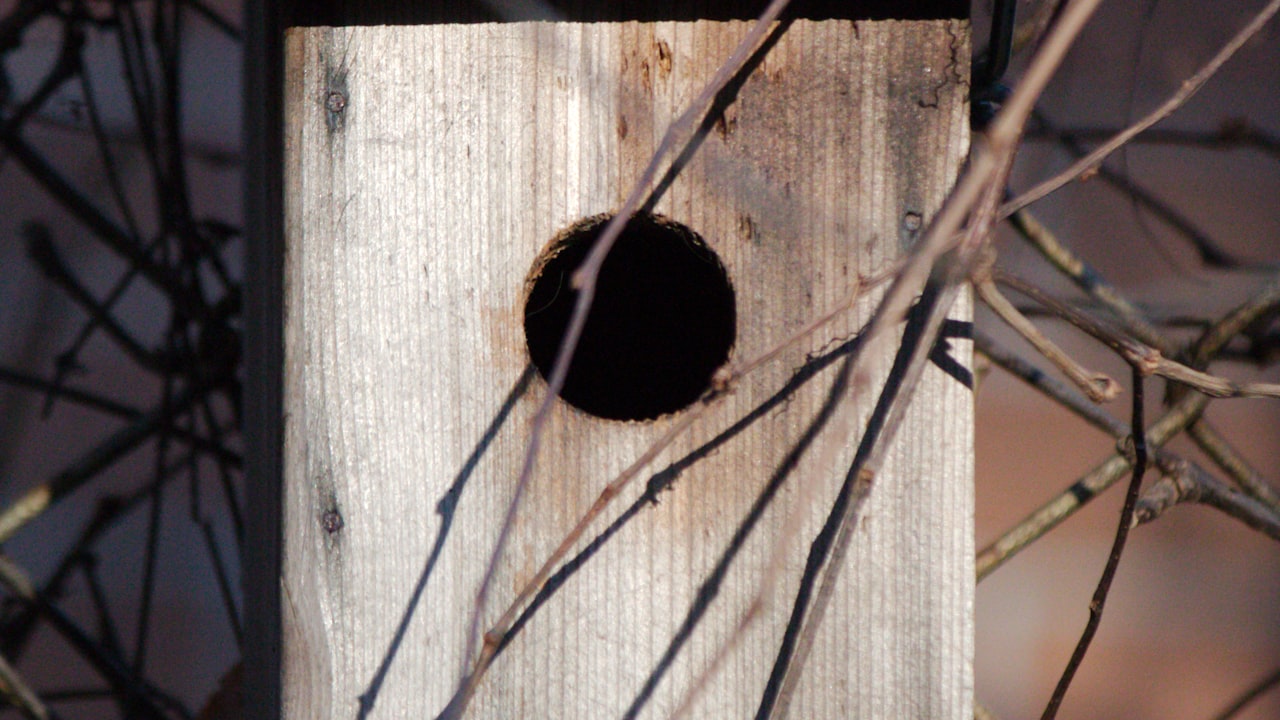Pressure washers can lose pressure over time for a variety of reasons. Take a look at this list before taking your pressure washer to the repair shop or buying a new one. In this guide, you will learn to deal with these issues accordingly without the need to bring the equipment to the repair shop.
Look for Leaks
When you pull the trigger, your pressure washer may lose pressure because of small leaks, tears, holes in your garden, or a high-pressure hose. If you discover leaks, simply repair or replace the hose to restore proper pressure. It's also a good idea to check the water line for any kinks that might be slowing it down.
Examine the Water Flow and Water Source
You might be experiencing pressure loss with your pressure washer because your water supply flow is lower than the GPM on your pressure washing unit. Gallons per minute (GPM) is the amount of water your pressure washer needs to operate properly. Your hose's water flow should produce at least as many GPM as your pressure washer requires. If these don't match up, your low blood pressure may result from this.
Look for Nozzle Tip Blockage
The nozzles of pressure washers can become clogged relatively quickly. There are two methods for determining if your nozzle is clogged:
Nozzles: Try them out! Connect your pressure washer as usual, but do not turn it on. If the nozzle produces a steady stream of water, proceed to the next step. When no water or very little water comes out of the tip, there could be a problem.
Check for obstructions: The nozzle tip can be used to shine a flashlight through. There will be no light at the other end of the hole if there is an obstruction. Unclog your drain using an inexpensive toothpick or twist-tie wire. You can use an air compressor to clear the obstruction if you have one.
Two possible reasons why nozzle tip blockage occurs are the wrong nozzle tip on, or the nozzle wears out and needs a replacement.
Using Too Cold or Too Hot Water
Determine whether your pressure washer uses cold or hot water. Using warm water in a cold-water-only pressure washer could cause problems. If the water you're using has been exposed to the sun all day, you may want to change it out. If you have a hot water pressure washer, follow the manufacturer's instructions to maintain the proper water temperature.
Slipping Belt
Belt slippage is another common reason for low water pressure. A belt-driven pressure washer may have a loose or broken belt or require a new belt altogether. If that doesn't work, you'll need to get a new belt installed, which you can get from a hardware store or a pressure washing mechanic.
Final Thoughts
If you have done everything and still experience low-pressure output, maybe it's time to call a professional and ask for help. You can contact your supplier or the store where you bought it for a newly bought pressure washer that is still under warranty.


